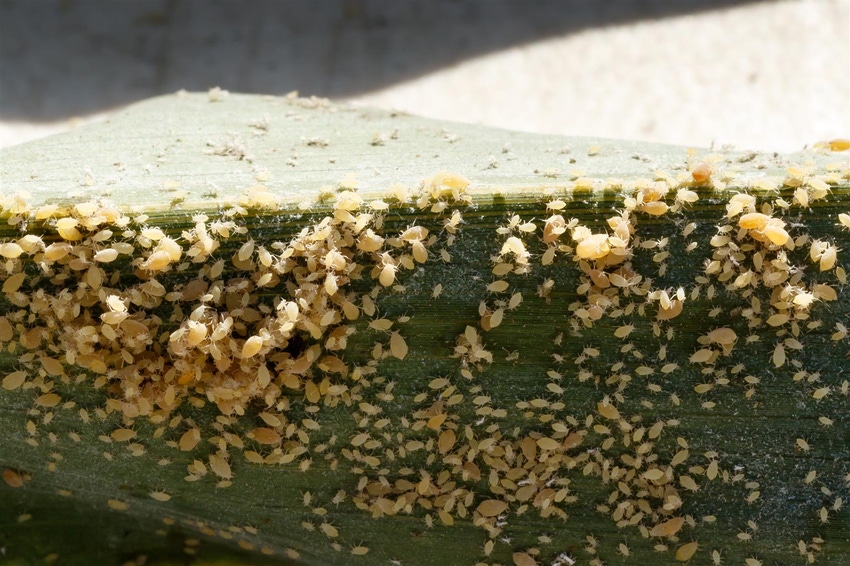
Reports that two long-time University of California entomologists will retire isn’t really news – retirements happen.
Having worked with IPM Advisor Pete Goodell and Imperial County Farm Advisor Eric Natwick I’d like to personally wish them well in their retirements.
At issue seems once again to be the delay in hiring their replacements. A similar situation happened several years ago when vacancies occurred in viticulture positions within the San Joaquin Valley. Those went unfilled for a period of time before the positions were refilled.
According to an earlier plan approved by UC Agriculture and Natural Resources Vice President Glenda Humiston, the positions held by Goodell and Natwick will not be filled in the near term. That’s not to say they won’t ever be refilled – they’re simply not on the current approved list for hire.
Add to this the recent death of Dr. Larry Godfrey, who worked with Goodell on cotton issues and was helpful in rice research, and those vacancies leave a hole in row and field crops that could be critical for crops like cotton and rice.
Of the 138 positions said to be proposed for hire within Cooperative Extension, 26 made the cut. Humiston blames the UCANR budget, which she says has been flat for some time.
In Humiston’s defense, she must live within the budget she’s given. Nevertheless, in her 18 months as the head of UCANR, with direct reporting responsibilities to UC President Janet Napolitano, some could argue she has a good opportunity to positively impact funding priorities for agricultural research and Extension programs.
It makes no sense that critical positions like those recently held by Natwick, Goodell, and Godfrey, cannot simply be left funded with the goal of filling them through the appropriate search process.
For all the critics who complain about private funding in university research circles, as if funds from (you name the company) automatically make land grant researchers biased in their research, the hue and cry is silent when public universities leave critical research positions unfunded and unfilled.
This is one of several examples as to why efforts by universities outside the land grant system are so appreciated when they step up and commit considerable capital to applied agricultural research, and why some commodity groups continue to look beyond the University of California for research help.
About the Author(s)
You May Also Like






